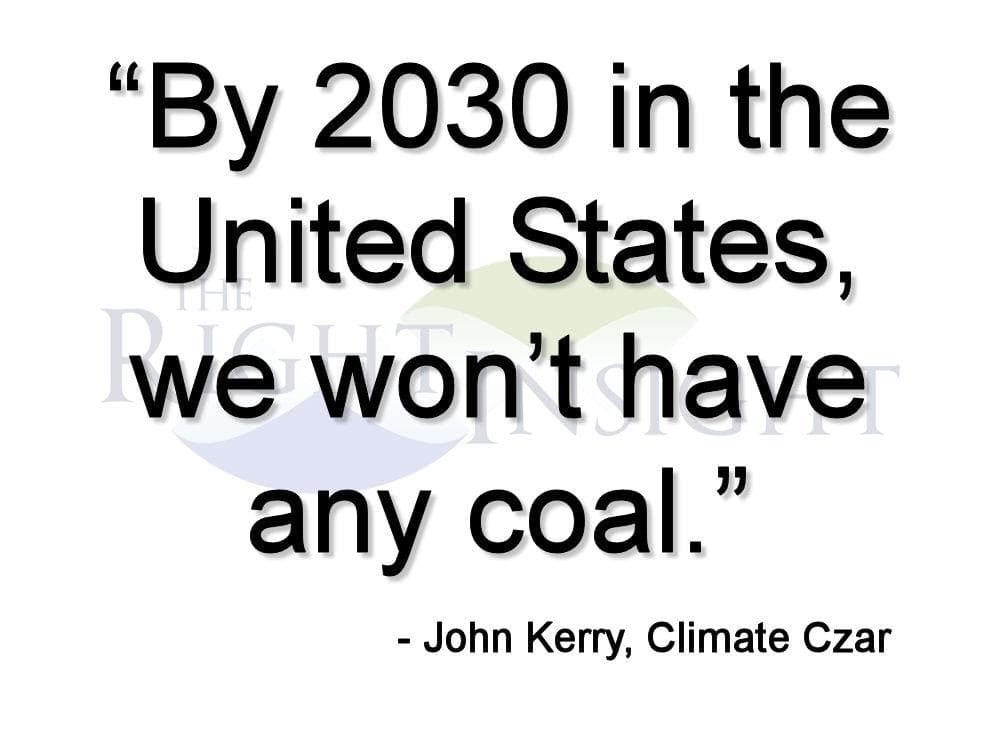The US currently generates more than 500,000,000 Megawatt-hours, or approximately 25% of annual electricity production, in coal-fueled generating stations. Coal generation has decreased by more than half over the past 10 years, largely replaced by lower cost natural gas in more efficient combined-cycle power plants or repowering coal plants to burn natural gas to reduce emissions.
The Biden Administration had expressed a goal of reducing US electric generation CO2 emissions by 50% by 2030 and achieving Net Zero electric generation CO2 emissions by 2035. This two-step goal dramatically changes the electric generation landscape. Essentially, all coal fueled powerplants would be required to cease operation by 2030, unless they were repowered to burn natural gas. However, since all natural gas fueled powerplants would be required to cease operation by 2035, it is not likely that many coal fueled powerplants would be repowered to extend their lives by an additional 5 years.
US electric utilities had scheduled closure of the remaining coal fueled powerplants by the end of 2048. However, Kerry’s statement appears to require that the 65 coal generators currently scheduled to be retired after 2029 would be retired early. These generators have a combined generating capacity of approximately 35,000 MW. Many of these generators are relatively new and would have been candidates for future life extension projects. These generators represent an initial investment of approximately $100 billion and would have an estimated residual value of approximately $50 billion, which would become an economic dead loss upon closure of the plants.
Termination of coal fueled generation would also strand approximately $30 trillion of coal resources in the US. The federal government might continue to permit the mining and sale of US coal to other countries, although such a decision would make no sense if the intent is to eliminate CO2 emissions from coal combustion, since the resulting CO2 would enter the same atmosphere regardless of where the coal was burned.
Current US coal generating capacity is approximately 200,000 MW. If that capacity is eliminated prior to 2030 as envisioned by Mr. Kerry, it must be replaced by equivalent dispatchable capacity consisting of renewable generators combined with massive electricity storage systems. It is highly unlikely that much, if any, of the replacement generation would be fossil fueled, since all fossil fueled generation is to be retired by 2035, unless equipped with carbon capture and storage capability.
Wind turbines are currently the leading source of renewable electricity generation in the US. Replacing current US coal generation of 500,000,000 Megawatt-hours with wind turbines would require the installation of approximately 76,000 2.5 MW wind turbines at an estimated investment of approximately $1.3 million per MW, or approximately $250 billion. However, if the coal generators were being operated in load following mode, at a grid capacity factor of approximately 40%, replacing their capacity would require installation of approximately 190,000 2.5 MW wind turbines and an investment of approximately $625 billion. The installed cost of equivalent solar photovoltaic generating capacity would be approximately the same. Neither of these system costs includes the cost of the land the systems would occupy or the storage required to make them dispatchable.
The installed cost of dispatchable wind or solar generating capacity is not possible to estimate because the battery storage technology required to store electricity for more than a few hours is not commercially available. However, a stable and reliable electric grid would require that renewable generating capacity be dispatchable and that sufficient excess generating capacity be available to recharge storage after use while meeting the demand on the grid.
Decommissioning one coal fueled electric generator each month over the next 8 years is a massive task, but it pales in comparison with the task of replacing those generators with dispatchable renewable capacity over the same period. Anticipated electric demand and consumption growth resulting from federal efforts to electrify transportation and other fossil fueled end uses would make the replacement process even more daunting.
